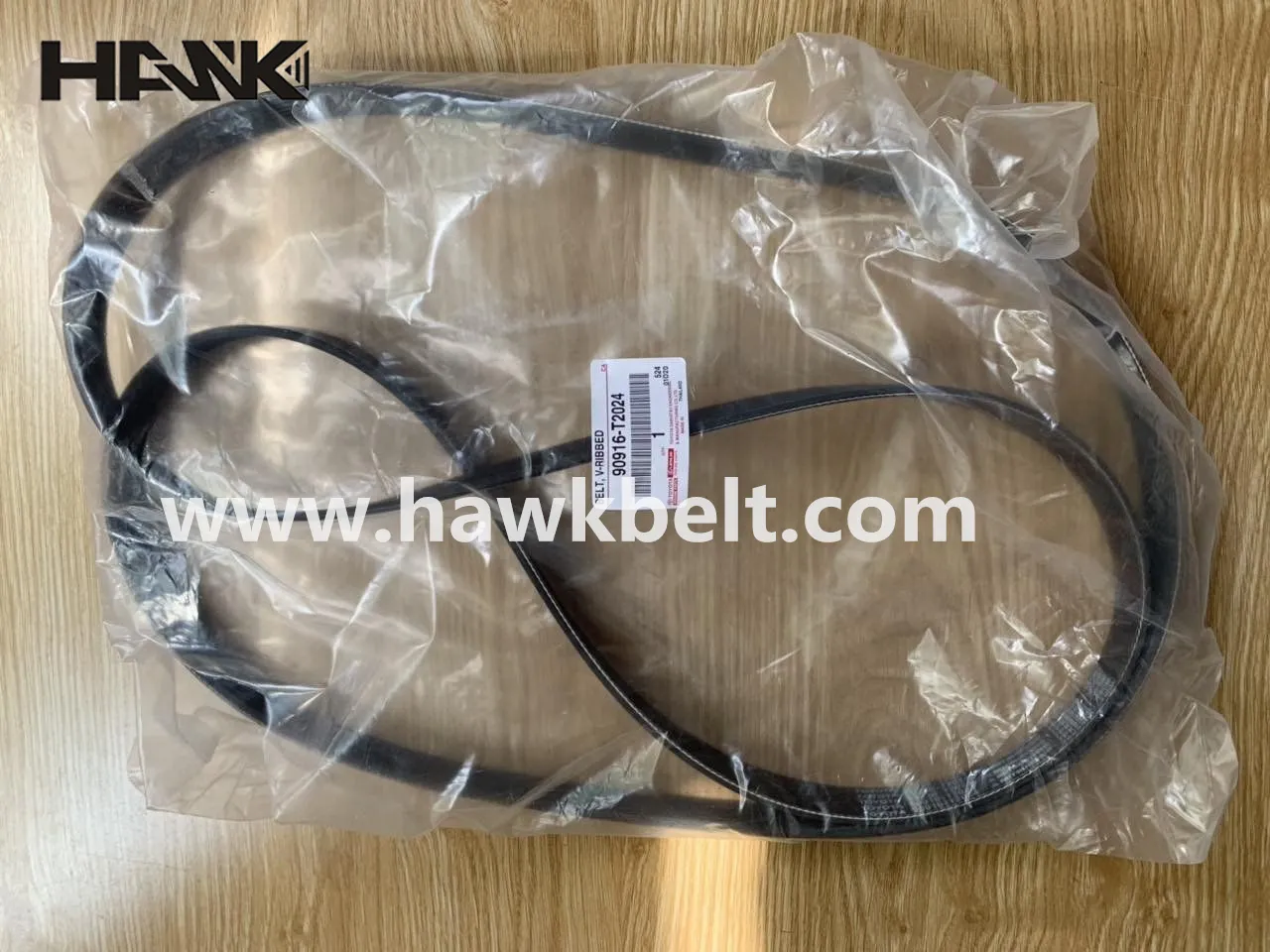- Arabic
- French
- Russian
- Spanish
- Portuguese
- Turkish
- Armenian
- English
- Albanian
- Amharic
- Azerbaijani
- Basque
- Belarusian
- Bengali
- Bosnian
- Bulgarian
- Catalan
- Cebuano
- Corsican
- Croatian
- Czech
- Danish
- Dutch
- Afrikaans
- Esperanto
- Estonian
- Finnish
- Frisian
- Galician
- Georgian
- German
- Greek
- Gujarati
- Haitian Creole
- hausa
- hawaiian
- Hebrew
- Hindi
- Miao
- Hungarian
- Icelandic
- igbo
- Indonesian
- irish
- Italian
- Japanese
- Javanese
- Kannada
- kazakh
- Khmer
- Rwandese
- Korean
- Kurdish
- Kyrgyz
- Lao
- Latin
- Latvian
- Lithuanian
- Luxembourgish
- Macedonian
- Malgashi
- Malay
- Malayalam
- Maltese
- Maori
- Marathi
- Mongolian
- Myanmar
- Nepali
- Norwegian
- Norwegian
- Occitan
- Pashto
- Persian
- Polish
- Punjabi
- Romanian
- Samoan
- Scottish Gaelic
- Serbian
- Sesotho
- Shona
- Sindhi
- Sinhala
- Slovak
- Slovenian
- Somali
- Sundanese
- Swahili
- Swedish
- Tagalog
- Tajik
- Tamil
- Tatar
- Telugu
- Thai
- Turkmen
- Ukrainian
- Urdu
- Uighur
- Uzbek
- Vietnamese
- Welsh
- Bantu
- Yiddish
- Yoruba
- Zulu
Des . 05, 2024 13:11 Back to list
Choosing the Right Rubber for Your Timing Belt Needs and Performance
The Importance of Timing Belt Rubber in Automotive Engineering
The timing belt is an essential component of an internal combustion engine, playing a crucial role in ensuring that the engine components operate in harmony. It is typically made from a combination of materials, including rubber, which offers unique properties that contribute to the belt's durability and efficiency. Understanding the significance of timing belt rubber can be pivotal for both vehicle manufacturers and consumers.
Composition and Properties
Timing belts are generally composed of several layers, with rubber as the primary material. The rubber used in these belts is often reinforced with fibers and may also contain additives to enhance its performance characteristics. The formulation of this rubber is crucial, as it must withstand various conditions, including temperature fluctuations, stress from movement, and exposure to grease and oil from the engine.
The primary advantages of rubber in timing belts include flexibility, resilience, and the ability to absorb vibrations. These properties are essential for maintaining a precise alignment between the crankshaft and camshaft, which is vital for optimal engine performance.
Functionality
The timing belt's primary function is to synchronize the rotation of the crankshaft and camshaft, enabling the proper timing of the engine's intake and exhaust valves. A malfunction in this synchronization can lead to catastrophic engine failure, which underscores the importance of a high-quality timing belt.
Rubber's elasticity plays a significant role in accommodating the varying stresses and strains experienced in engines. Over time, however, rubber can degrade due to factors such as heat, oil exposure, and normal wear and tear. This degradation can manifest as cracks or fraying in the timing belt, which may compromise its effectiveness and lead to engine malfunction.
timing belt rubber

Maintenance Considerations
For vehicle owners, understanding the role of timing belt rubber translates into better maintenance practices. Regular inspections can help identify signs of wear or damage early, allowing for timely replacement of the timing belt before serious damage occurs. Experts generally recommend replacing the timing belt every 60,000 to 100,000 miles, depending on the vehicle model and driving conditions.
Additionally, using a timing belt made from high-quality rubber is essential for ensuring longevity and performance. Vehicle manufacturers often provide specifications regarding the type of timing belt recommended for specific car models, and following these guidelines can help avoid problems in the future.
Advancements in Technology
Recent advancements in synthetic rubber technology have led to the development of timing belts with improved performance characteristics. This innovation can enhance the lifespan of the belt, improve fuel efficiency, and reduce engine noise. These advancements reflect the automotive industry's commitment to sustainability and performance enhancement, with a focus on developing materials that are not only durable but also environmentally friendly.
Conclusion
Timing belt rubber is a critical component that plays a significant role in the performance and longevity of an engine. Its unique properties allow for optimal synchronization of engine components, which is essential for efficient operation. Understanding the importance of timing belt rubber, coupled with proper maintenance and timely replacements, can help vehicle owners prevent costly repairs and ensure their engines run smoothly. As technology continues to evolve, the quality of materials used in timing belts will likely advance, paving the way for even more efficient and reliable automotive solutions.
-
Korean Auto Parts Timing Belt 24312-37500 For Hyundai/Kia
NewsMar.07,2025
-
7PK2300 90916-T2024 RIBBED BELT POLY V BELT PK BELT
NewsMar.07,2025
-
Chinese Auto Belt Factory 310-2M-22 For BMW/Mercedes-Benz
NewsMar.07,2025
-
Chinese Auto Belt Factory 310-2M-22 For BMW/Mercedes-Benz
NewsMar.07,2025
-
90916-02660 PK Belt 6PK1680 For Toyota
NewsMar.07,2025
-
drive belt serpentine belt
NewsMar.07,2025

